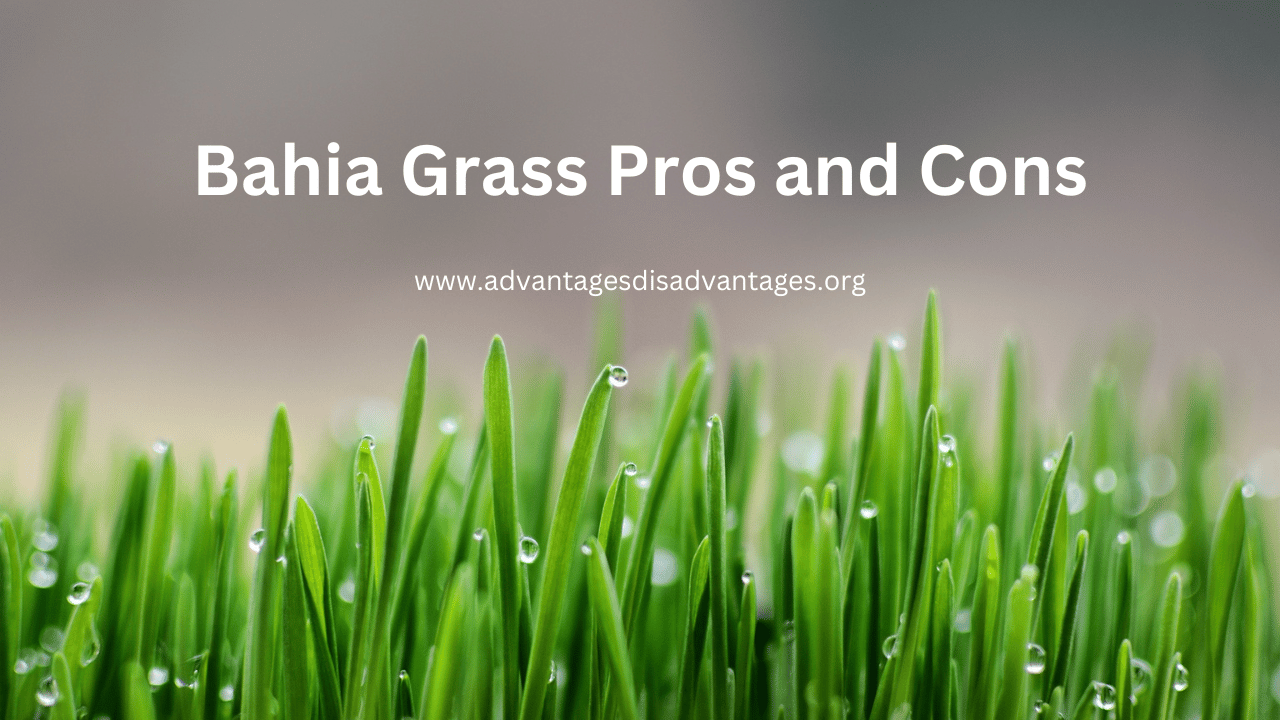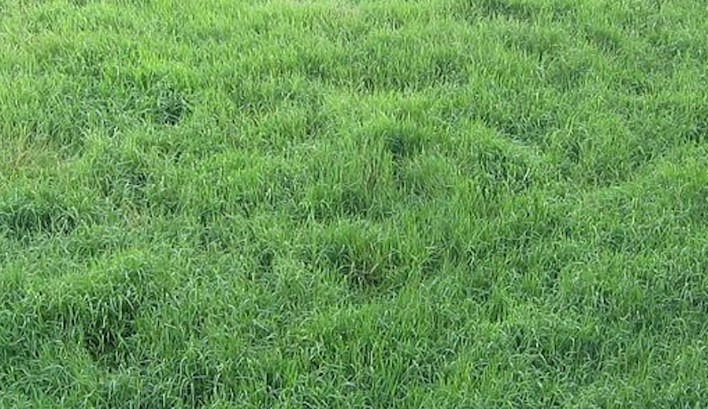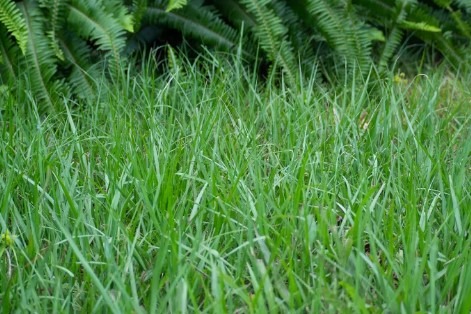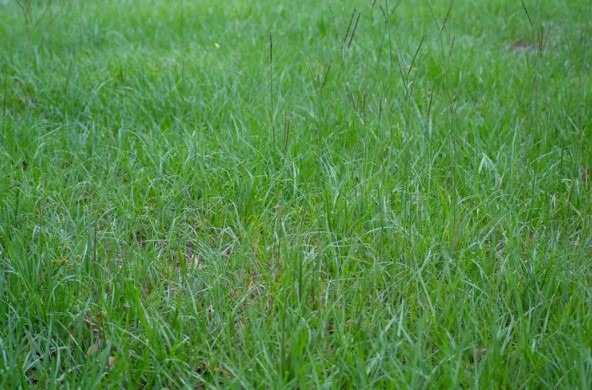Home Improvement
Bahia Grass Pros and Cons [Well Explained]

Bahia grass, a hardy, tropical turfgrass, has been increasingly garnering attention in the world of lawn and landscape management. As experts in the field, we’re here to guide you through the maze of information about this versatile grass type, addressing your queries on the Bahia Grass Pros and Cons and helping you decide whether it’s the right choice for your lawn.
Table of Contents
Understanding Bahia Grass Pros and Cons: A Quick Introduction

Originating from South America, Bahia grass has made a name for itself, particularly in the Southeastern United States, due to its resilience to heat, drought, and low soil fertility. Its relatively low maintenance requirements and adaptability make it an intriguing choice for many homeowners and landscapers.
Bahia Grass Uses: Beyond the Traditional Lawn
Bahia grass isn’t just for your backyard. Its high endurance and growth rate make it an excellent choice for erosion control, pasture land, and even roadside planting. These Bahia grass uses extend its potential beyond the average homeowner, making it beneficial for agricultural and municipal purposes as well.
Bahia Grass Pros: The Powerful Benefits

When selecting a grass type for your lawn or landscape, understanding the benefits is crucial. Bahia grass offers several advantages that make it an alluring choice.
Drought and Heat Tolerance: Thriving Where Others Can’t
One of the primary Bahia grass benefits is its impressive drought and heat tolerance. Bahia grass roots can reach up to 8 feet deep, allowing it to access moisture other grasses can’t reach. This feature makes Bahia grass an excellent choice for arid and semi-arid regions or during hot summers where water conservation is key.
Low Fertility Requirement: Adapting to Tough Conditions
Unlike many other turfgrasses, Bahia grass is a champion at surviving in soils with low fertility. Its robust root system helps it draw nutrients even from relatively poor soils, resulting in fewer fertilizer applications.
Pest and Disease Resistance: Standing Strong Against Threats
Bahia grass also demonstrates admirable resistance to pests and diseases. Its robust nature and dense growth pattern deter many common lawn pests and diseases, leading to fewer chemical treatments and a healthier environment.
Low Maintenance: Time and Cost-Effective
For those seeking a lawn that doesn’t demand much attention, Bahia grass could be your match. It requires infrequent mowing, minimal fertilization, and its ability to thrive under various conditions makes it a low-maintenance option for busy homeowners.
Bahia Grass Cons: Considering the Limitations

Despite its advantages, Bahia grass isn’t without its shortcomings. Here’s what you need to be aware of before making a decision.
Limited Cold Tolerance: Vulnerable in Frosty Climes
One of the disadvantages of Bahia grass is its limited cold tolerance. In regions with harsh winters, Bahia grass may struggle to survive. Therefore, it’s best suited for warm climates.
Less Appealing Aesthetics: Not a Showstopper
If you’re seeking a lush, thick lawn that could grace the cover of a magazine, Bahia grass might not meet your expectations. Its coarse texture and light color, combined with a propensity to produce tall seed heads, might detract from the overall aesthetic appeal.
Limited Shade Tolerance: Sun-Lover
Bahia grass loves the sun. Its shade tolerance is relatively low, which means it might not perform well under large trees or in parts of your yard that don’t receive ample sunlight.
Is Bahia Grass Right for You?
Bahia grass can be an excellent choice if you live in a hot, dry region and want a hardy, low-maintenance lawn. Its impressive drought tolerance and disease resistance are hard to overlook. However, if you desire a dense, vibrant green lawn that thrives in cooler, shaded regions, you might want to consider other options.
Ultimately, the choice of whether to plant Bahia grass in your yard depends on your specific needs, preferences, and environmental conditions. To ensure you make the best decision, consider consulting with a local lawn care expert or extension service. Your perfect lawn is within reach, and Bahia grass might just be the key to achieving it.
Are there any other aspects of Bahia grass you’re curious about? Let us know, and we’ll gladly help expand your knowledge base.
Bahia Grass Maintenance: Easy Does It
Maintaining Bahia grass is relatively straightforward, making it a popular choice for homeowners and landscaping professionals alike.
Watering Bahia Grass: Embracing the Drought Tolerant
Bahia grass’s ability to withstand drought is one of its strongest features. However, during periods of extended drought, infrequent, deep watering is necessary to keep it looking its best. These occasional waterings should penetrate the soil to a depth of about six inches to ensure the deep root system of Bahia grass stays hydrated.
Fertilizing Bahia Grass: Less is More
Due to its low fertility requirements, Bahia grass typically doesn’t require excessive fertilizing. An annual application of a balanced lawn fertilizer should suffice. Always remember to follow the manufacturer’s instructions regarding application rates and frequency. Over-fertilization can lead to a lush growth that may attract pests and diseases.
Mowing Bahia Grass: Keep it High
Bahia grass should be mowed to a height of about three to four inches. This height helps the grass to withstand stress and reduces the appearance of the seed heads, which some find unattractive. It’s important to remember that frequent mowing may be necessary during the peak growing season to keep the grass at the desired height.
Bahia Grass Weed Control: Protecting Your Lawn
Due to its dense growth pattern, Bahia grass is relatively effective at suppressing weeds on its own. However, if you do spot some pesky intruders, there are a few methods you can use. Hand pulling or spot treating with a post-emergent herbicide are effective ways to control weeds in your Bahia grass lawn. It’s always crucial to use chemicals as directed to avoid causing unintentional damage.
Bahia Grass vs. Other Grass Types: An Apples-to-Apples Comparison
When weighing the Bahia Grass Pros and Cons, it’s beneficial to compare it to other popular grass types. For instance, St. Augustine grass, another popular choice in warmer regions, offers a lush, carpet-like lawn but requires much more water and regular fertilization. Bermuda grass, on the other hand, also thrives in hot, dry conditions but is more demanding in terms of mowing frequency. Each grass type has its unique advantages and challenges; the key is to align these characteristics with your specific lawn care needs and environmental conditions.
Choosing Bahia Grass Seed: Quality Matters
The selection of Bahia grass seed is another crucial factor to consider. Quality seeds lead to a healthier, more resilient lawn. Look for reputable seed companies and choose varieties known for their drought and disease resistance, such as ‘Argentine’ or ‘Pensacola’ Bahia grass.
Also Read: Pros and Cons of Chiropractic Care during Pregnancy: A Comprehensive Guide
Conclusion
Bahia grass offers an array of benefits for those living in warmer, drier climates. Its ruggedness, adaptability, and low-maintenance nature make it an appealing choice, particularly for those with less time for lawn care or who wish to adopt a more eco-friendly approach. Despite a few limitations, this tropical grass type has carved its niche in the landscape of turfgrass for good reason.
When contemplating the Bahia Grass Pros and Cons, understanding your lawn needs, local climate, and available time for maintenance is essential. By carefully considering these factors, you can make an informed decision, ensuring your lawn thrives year after year. Happy gardening!

-

 Tech3 years ago
Tech3 years ago6 Tips to Improving E-Commerce Websites
-

 Home4 years ago
Home4 years agoAdvantages and Disadvantages of Village Life in Points
-

 Health4 years ago
Health4 years agoAdvantages and Disadvantages of Milk
-

 Travel4 years ago
Travel4 years agoAdvantages and Disadvantage of Travelling
-

 Sports2 years ago
Sports2 years agoThe benefits of playing an online live casino
-

 Tech4 years ago
Tech4 years agoEssay on Advantages and Disadvantages of Offline Shopping
-

 Tech4 years ago
Tech4 years ago10+ Advantages and Disadvantages of Mobile Phones in Points
-

 Tech4 years ago
Tech4 years ago8+ Advantages and Disadvantages of Motorcycle |Having Bike